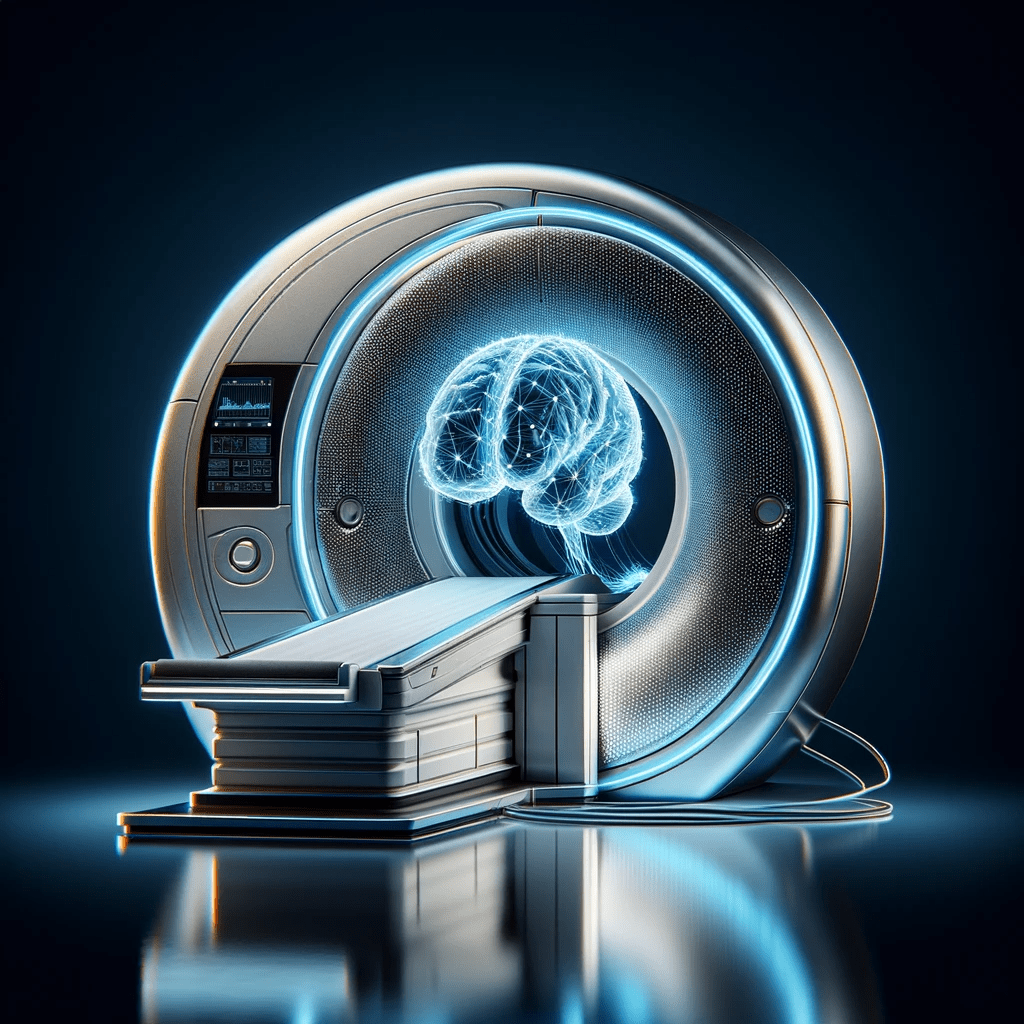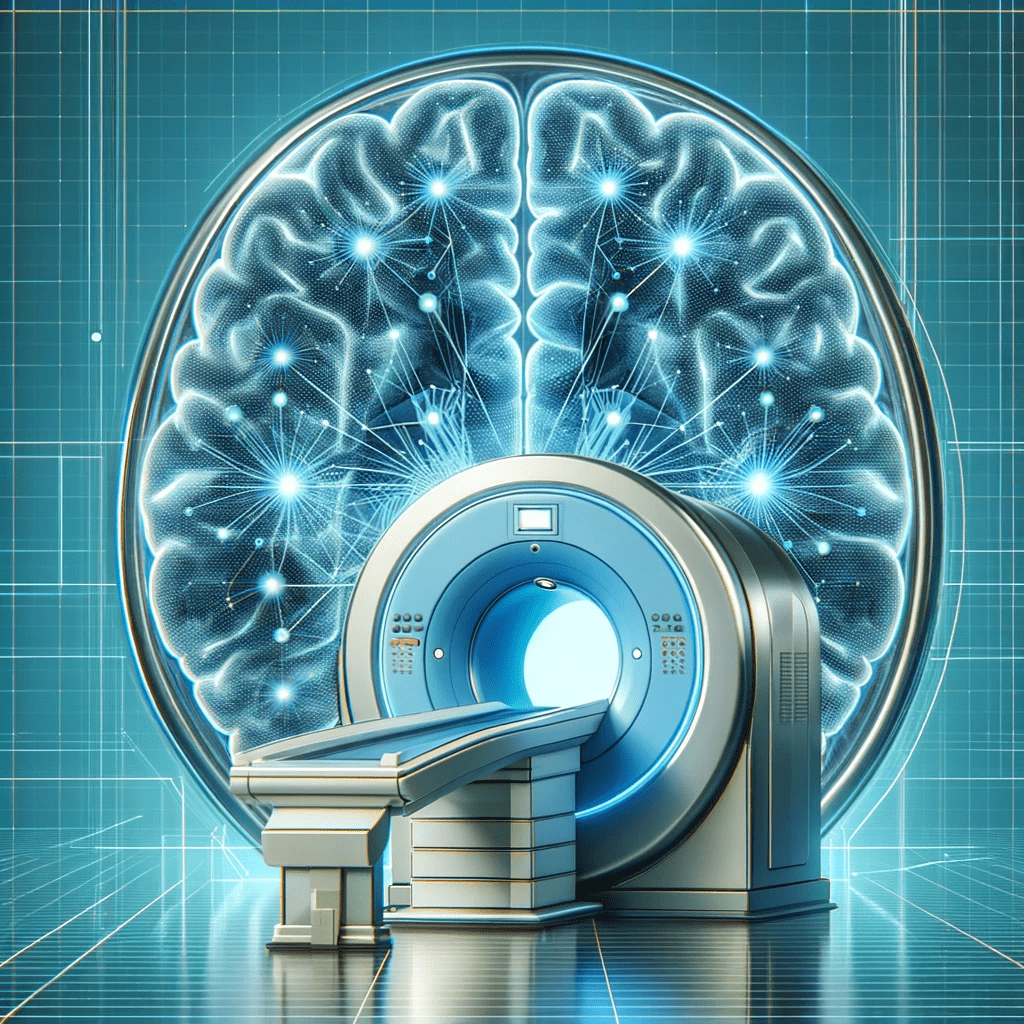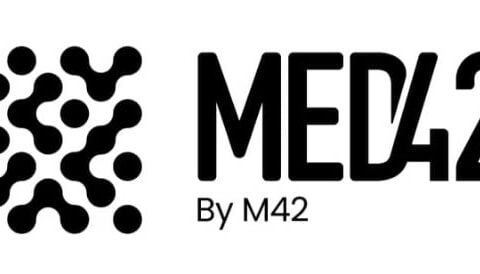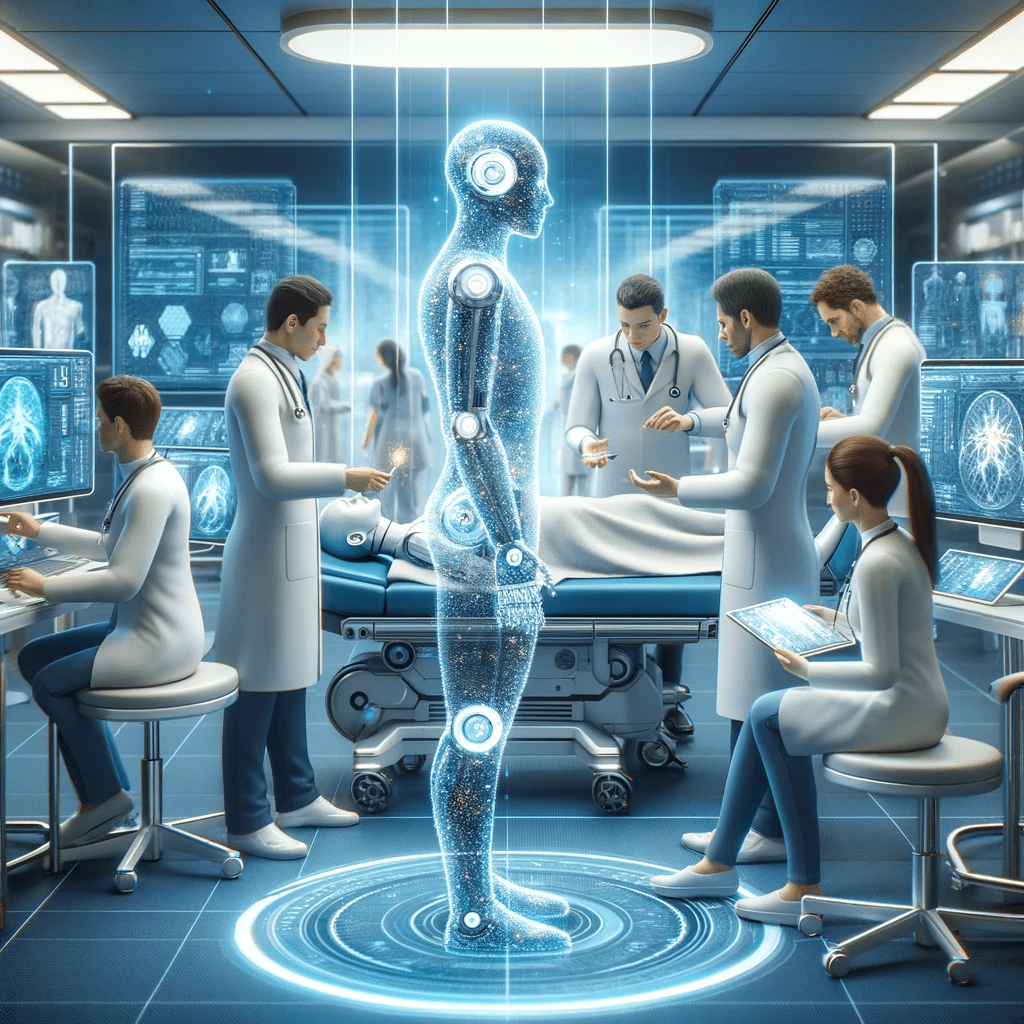Last Updated on December 18, 2023 1:48 pm by Laszlo Szabo / NowadAIs | Published on December 18, 2023 by Laszlo Szabo / NowadAIs
AI and fMRI: A Leap Forward in Brain Imaging Technology – Key Highlights:
- AI and fMRI technology combined to create visual representations of mental images.
- “Brain decoding” technology analyzed brain activity to recreate images seen by participants.
- Potential applications include communication aids and insights into brain function during dreams and hallucinations.
Unlocking the Mind’s Eye: AI and fMRI Combine to Visualize Mental Images
In a remarkable feat of science and technology, a team from Japan, including the National Institutes for Quantum Science and Technology and Osaka University, has successfully created mental images using AI and fMRI. This groundbreaking advancement allows for the conversion of brain activity into visual representations, potentially transforming medical and psychological research.
Brain Decoding: The Pathway to Visualizing Thoughts

Dubbed “brain decoding,” this technology involves analyzing and quantifying brain signals using fMRI. By coupling these readings with generative AI, the team managed to reproduce complex images that participants visualized, such as a leopard and an airplane. This marks a significant step in understanding and interpreting brain function.
Future Applications: From Communication Aids to Understanding Dreams
The implications of this technology extend beyond mere imaging. It could revolutionize communication for those unable to speak and provide insights into the brain’s workings during hallucinations and dreams. The potential applications in medical and welfare fields are vast, opening new avenues for understanding and aiding human cognition.
FAQ
What Did Japanese Scientists Achieve with AI?
They created mental images from brain activity using AI, a first in the field.
How Does the Brain Decoding Technology Work?
It uses fMRI to measure brain signals, which generative AI then interprets to form images.
What are the Potential Applications of This Technology?
It could advance medical communication devices and enhance our understanding of brain functions like dreaming and hallucinations.












